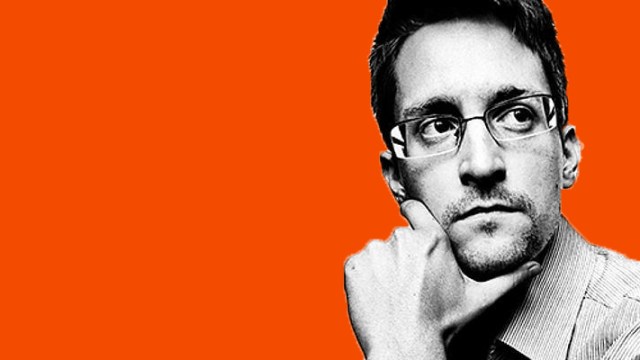A War On Drugs That’s Actually Worth Fighting

The image above shows a Chinese policeman wading through a sea of confiscated fake medicines. It is now estimated that between 100,000 and a million people die every year due to fake medicine. Yet this remains a topic that rarely receives any attention whatsoever, despite being a problem far more suited to police intervention than the “war on drugs,” which takes up the lion’s share of drug-related law enforcement and criminal justice resources.
The argument against fake medicines is obvious: Fake medicines have no possible benefit, yet cause countless deaths. In theory, it is a problem far better suited to police intervention than illegal drug use, because unlike recreational drug users, victims of fake drugs are unwilling and conduct their business in the open.
So why has so little been done? There is a very important distinction between “counterfeit drugs” and “fake drugs.” Many drugs are far too expensive for patients in poor parts of the world or without insurance, so plenty of people are forced to buy counterfeits. These are illegal generic drugs, whose makers do not pay for intellectual property. This is a very different crime to that of the producers of fake drugs, which are drugs that are designed to look like real drugs, but in fact contain no medicine. By any standard, the latter is a crime on a far grander scale.
The producers of counterfeit medications are responsible for the only affordable life-saving medications in plenty of parts of the world. From one perspective, they are modern day Robin Hoods who save potentially millions of lives.
Much of the world’s law enforcement agencies currently see no distinction between these two categories of crime, which is one key reason the more serious crime of producing fake drugs so often flies under the radar.
There are obvious financial reasons for pharmaceutical companies and other vested interests to fail to attack the problem of fake drugs. The very existence of fake drugs encourages patients to take genuine medication instead of generic or counterfeit medication that may be as effective. Making the problem of fake drugs go away could therefore actually threaten their bottom line.
An investigation by Newsweek has shone a light on the problem, pointing out that even the World Health Organization makes no distinction between “fake” and “counterfeit,” using one catch-all term that obfuscates the problem: SSFC — “ substandard, spurious, falsely labeled, falsified and counterfeit.” This is patently ridiculous. The producers of counterfeit medications are responsible for the only affordable life-saving medications in plenty of parts of the world. From one perspective, they are modern day Robin Hoods who save potentially millions of lives. The producers of fake drugs, on the other hand, are knowingly responsible for nothing but pain, misery, and death through the very worst kind of fraud. The first step in the war against fake drugs is understanding the difference.
Read the full investigation at Newsweek.
Follow Simon Oxenham on Twitter, Facebook, Google+, RSS, or join the mailing list to get each week’s post straight to your inbox. Image Credit: Stringer/Getty





